Kullu is a District in Himachal Pradesh and is also known as “Land of Gods”. The largest valley is Kullu valley located on the banks of Beas River surrounded by majestic snow clad mountains and forest of pine, deodar, apple orchids. It is a gateway to the most picturesque destination named Manali. The name Kullu is derived from the word ‘Kulantpeeth’ which means ‘the end of the habitable world’. The place is well known for Kullu Shawls, Kullu caps and other handicrafts. The place is internationally acclaimed for its grand Dussehra festival.
Location: Kullu is located at an altitude of about 1230 meters, making it a hill station with ideal climatic conditions. One can reach Kullu through roads and flights.
By Road: The place is easily accessible by buses (Volvo, HRTC and Ordinary) from Delhi, Chandigarh and Pathankot which is about 518 km, 252 km and 278 km respectively.
By Air: The nearest airport is Bhuntar airport which is about 10 km from Kullu town. One can take a flight from Delhi and Chandigarh.
Railway: There is no direct railway line to Kullu but one can take a narrow gauge train from Pathankot to Jogindar Nagar which is about 124 km. from Kullu.
Also read Temples of Kangra District and Temples of Hamirpur District
Besides adventure sports, scenic beauty and cultural heritage, Kullu is well famous for many beautiful and ancient temples.
List of Temples in Kullu District –
1. Shrikhand Mahadev Kailash
It is one of the five Kailash known as Panch Kailash which is the adobe of Lord Shiva and Devi Parvati, located in Kullu district at a height of 5227 meters above sea level. A Shivalinga of 75 feet height is located here and it remains snowless even during heavy snowfall. It is one of the toughest and steepest trek which is about 32 km from a small village Jaon. Legends believed that Bhasmasur, a demon having blessings from Lord Shiva that on whoever’s head he puts his hands that person will turn into ashes. Out of lust he attempted to destroy Lord Shiva in order to marry Devi Parvati. Lord Vishnu understood his intentions and transformed Himself into Mohini, and somehow convinced him to perform a dance with her. As Bashmasur was dancing he put his hand on his own head and turned himself into ashes. As a result the colour of water and soil here turns into red. The name Sir Khandan is derived from an another belief that Ravana once meditated here and offered his head to Lord Shiva many times, seeing this Lord Shiva granted him immortality. The journey to Shrikhand Mahadev Kailash trek starts from July to August and is restricted to medically fit pilgrims only.
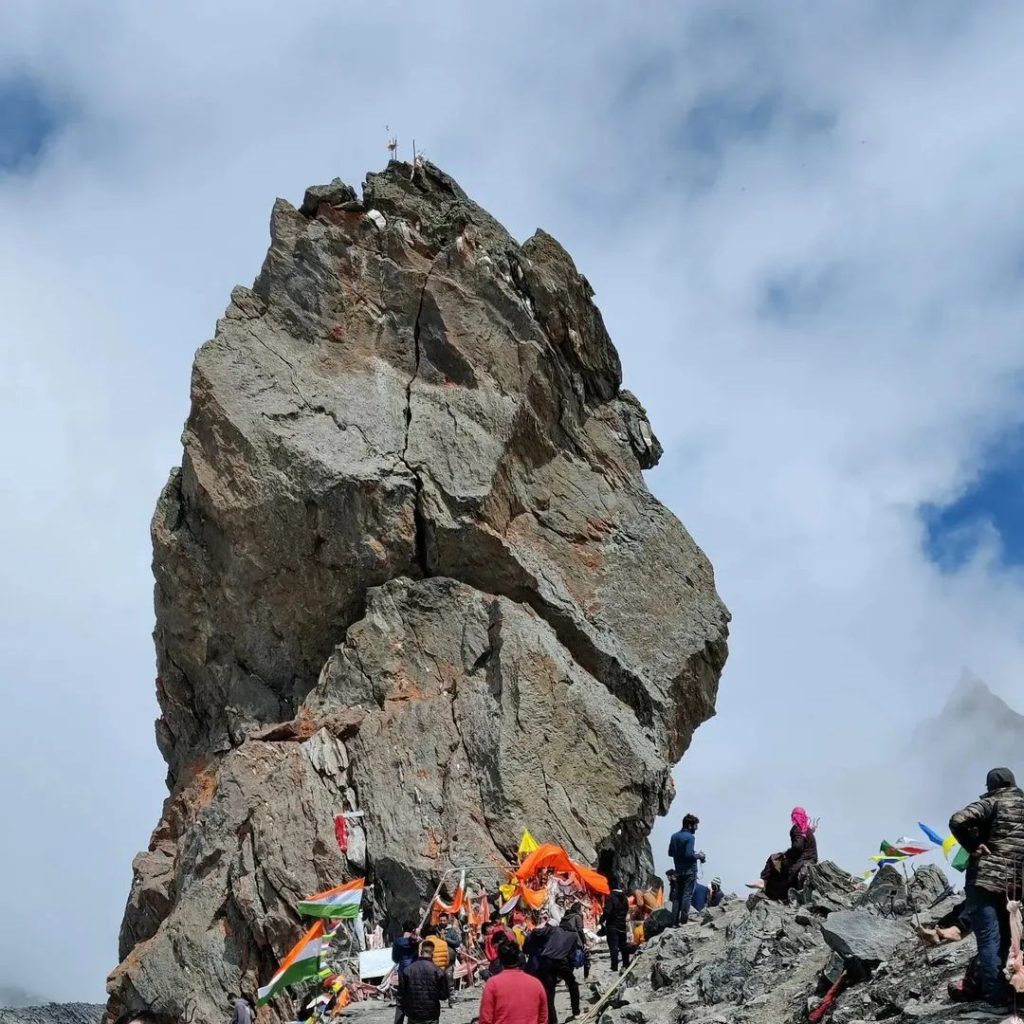
2. Hidimba Devi Temple
It is a cave temple, located in the dense cedar forest known as Dhungri Van Vihar of Manali in Kullu district, and is built by Maharaja Bahadur Singh on a huge rock coming out of the ground. Hidimba Devi is worshipped here as main deity. The history of the temple dates back to the Mahabharata times. Hidimba was a demon living with her brother Hidimb, who used to torture the villagers of Dhungri forest. Bhima one of the Pandavas killed Hidimb and saved the lives of villagers during the exile period of Pandvas. Hidimba vowed that she will marry whoever would kill her brother, and as a result she married Bhima with one condition that after the birth of their baby, Bhima will go. Hidimba gave birth to a son named Ghatotkatcha, and ruled the valley with love and peace, till her son took over the throne. Then she went in the Himalayas for meditation and blessed to become a Goddess. Native people worship her believing the Goddess is protecting them from any natural calamity.
View this post on Instagram
3. Bijli Mahadev Temple
The temple is one of the most ancient and holy temples located at the height of 2,460 meters at the hilltop in Kashawri village at a distance of 14 km from Kullu. The temple is dedicated to Lord Shiva worshipped in the form of Shivalinga. One can reach here by doing a steep trek of about 3km. covered with pine trees. The temple is called Bijli Mahadev because every year during monsoon season, the Shivalinga is struck by lightning, thus the lingam breaks into small pieces. The local priest then joins the pieces with butter, and paste of cereal and pulse flour (Sattu), and after few months Shivalinga restores its original shape. Locals believed that Lord Shiva is protecting them from any calamity. One can witness the breathtaking view of Kullu and Parvati Valley from top.
View this post on Instagram
4. Manikaran Sahib Gurudwara
Manikaran is located at a height of 1760 m on the bank of river Parvati which is about 45 km from Kullu. The shrine is worshipped both by Hindus and Sikhs. Main attraction of this place is the existence of many natural hot springs containing sulphur, having properties to cure many skin diseases. Many hot springs are used to cook food and others for taking holly bath. According to one belief, Lord Shiva and Devi Parvati while practicing meditation, She lost her precious jewel in the river. All out efforts to trace the jewel were failed as a result; Lord Shiva became angry and started doing Tandav Naritya. To cool down His anger, Sheshnag threw precious stones from earth, thus Devi Parvati got Her Jewel, causing the emergence of hot springs. According to another belief Sikh Guru Nanak Dev Ji used to meditate in this place. Once seeing His disciple Mardana hungry Guru Nanak asked him to collect rice, flour and atta from people in order to cook Langar for him. As there was no fire, Guru Nanak Ji lifted a rock and hot springs emerged from the ground hence food was cooked.
View this post on Instagram
5. Anjani Mahadev Temple
The temple is located in Burwa village of Solang Valley which is about 14 km from main town Manali. The temple is dedicated to Lord Shiva which is worshipped in the form of Shivalinga. The main attraction of the temple is the falling of the natural water in the form of water fall on the top of the Shivalanga. During winters this waterfall freezes and the Shivalinga reaches up to a height of 20 ft. This is also known as mini ‘Amarnath’ of Himachal Pradesh. Legends say that Anjani, mother of Lord Hanumana meditated and prayed here; as a result Lord Shiva gave His darshan. One can reach here via a long moderate but pleasing trek surrounded by snow clad mountains, valleys, forests and rivulets.
View this post on Instagram
6. Himalaya Nyingmapa Buddhist Temple
The Nyingmapa monastery is dedicated to Lord Buddha and lies within a walking distance from the Mall Road in Manali. A two stories tall statue of Lord Buddha is placed here which has a great significance among devotees. People visit here to achieve inner peace through meditation. This is the most famous monastery in North India and attracts the tourists from all over the world. Its architectural beauty is admired by one and all.
View this post on Instagram
7. Siyali Mahadev Temple
On the Hidimba Temple Road at a distance of 2 kms from Manali lies the Siyali Mahadev Temple, which is dedicated to Lord Shiva. It is said that the Shivalanga is self manifested here. The wooden architect of the temple is magnificent and is located between the pine forests with majestic mountains at the backdrop. There is a small temple built just behind the main temple, which is said to be built where Lord Shiva and Devi Parvati emerged on earth from tree trunk. Mahashivratri is the main festival celebrated here.
8. Vashisht Temple
The temple is located across Beas River in a small village called Vashisht which is about 3 km from Manali. The temple is around 4000 years old dedicated to Rishi Vashishta, who imparted the wisdom to Lord Rama. It is believed that Rishi Vashisht meditated here. The temple is well famous for its wooden architect, beautiful carvings and hot springs having healing power. Besides the Vashisht temple one more temple dedicated to Lord Rama, Devi Sita and Lakshmana is also built there.
View this post on Instagram
9. Gayatri Mata Temple
The temple is 5000 years old and is located in Manali at a distance of 7 km from bus stand. Devi Gayatri in the form of an idol which is made up of marble is worshipped here. According to locals, Pandavas during their exile used to visit here and pray to Devi Gayatri. Devotees find peace and solitude here. One can experience the wonderful wooden architect of the temple.
10. Balu Nag Temple
This is an ancient temple located in a village called Bahu at Jibhi which is about 60 km from Kullu. After an easy and pleasing trek of about 20-30 minutes one can reach the temple dedicated to Nag Devata. The temple is surrounded by pine trees and majestic mountains at the backdrop.
View this post on Instagram
11. Chehni Kothi Temple
The temple is about 17th century old and is located at Chehni village near Tirthan Valley which is about 61 km from Kullu. The temple was built in a pillar form by Raja Rana Dhadhia. There are two towers with a height of 30-35 meters made up of wood and stones called twin towers. Goddess Jogini who is the deity of village resides here. Only locals are allowed to go inside the temple.

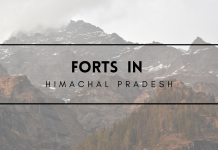


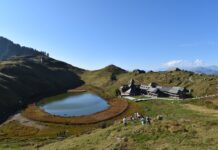

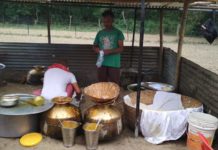




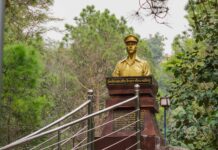
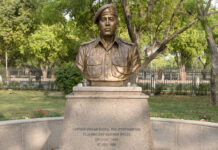


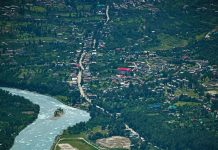
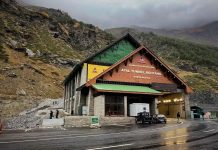







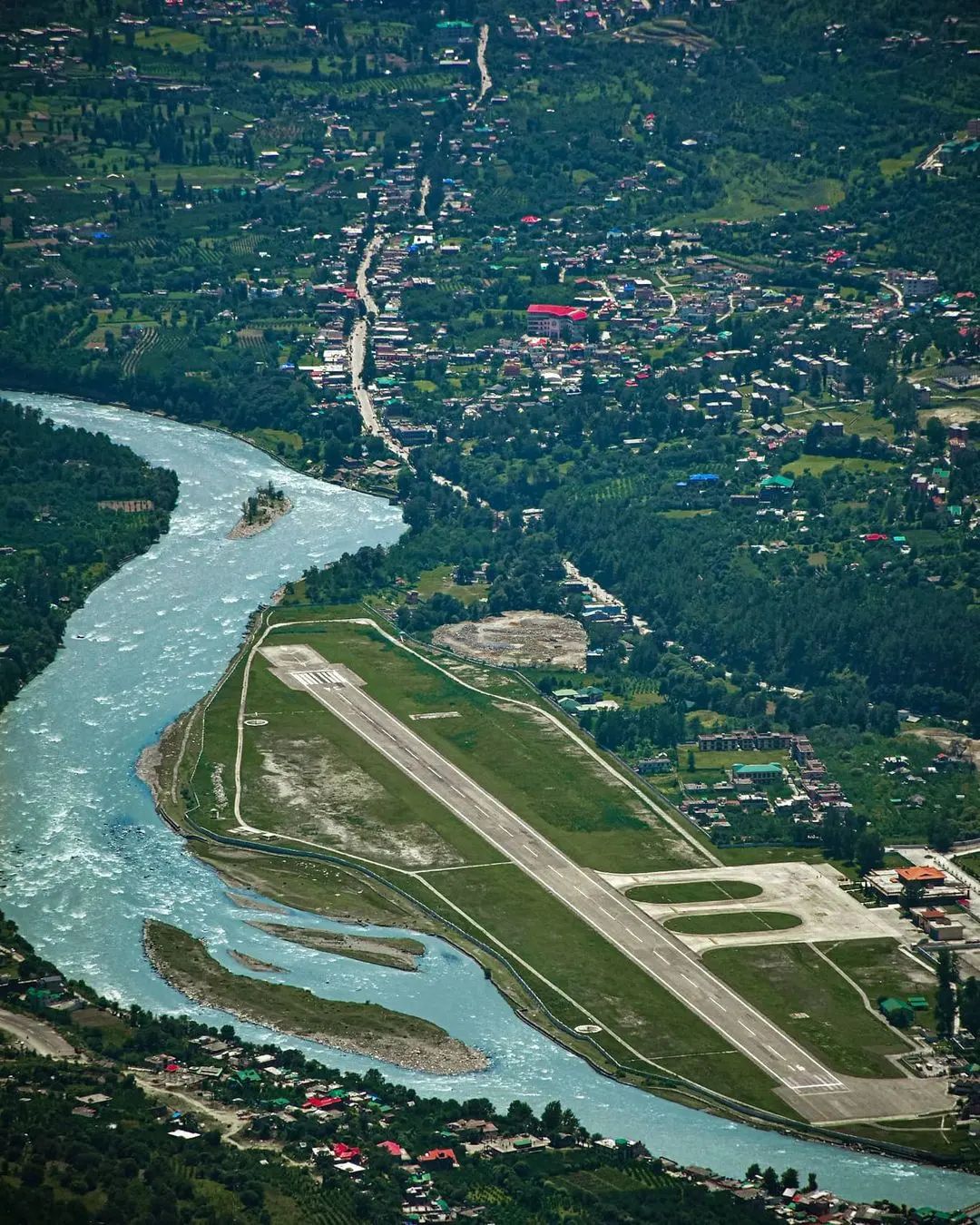
![Sidh Baba Balak Nath Shahtalai Temple in Deotsidh [Guide] Baba Balak Nath Temple Deotsidh](https://www.beingpahadia.com/wp-content/uploads/2023/04/Baba-Balak-Nath-Temple-Deotsidh-e1681616986690-100x70.jpg)

